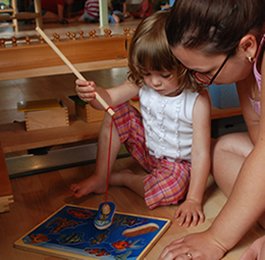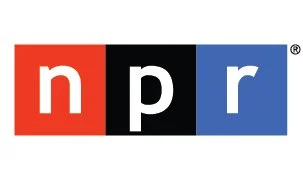Why Learn Spanish at a Young Age?
Spanish is an easy and exciting language for children to learn. For their first 8 years, children are naturally acquiring language skills through observation. They learn primarily through imitation, repetition, songs, and games. After approximately 8 years, the mind and body of a child shifts, and learning a new language becomes more of an academic endeavor than a natural process.
Recent brain research using magnetic resonance imaging (MRI) has shown that the best time to learn a second language is at a young age because of a child’s brain plasticity. During this “sensitive period,” children can absorb the language and learn it with the proper accent. Exposure to another language also equips the brain to learn additional languages later in life.
In addition to developing a lifelong ability to communicate with people from other countries and backgrounds, other benefits include improved overall school performance and superior problem-solving skills (e.g., Bamford & Mizokawa, 1991; see discussion in Hakuta, 1986).
If children build a foundation in the Spanish language while they are young and uninhibited, they will carry a fundamental understanding of the culture and language including pronunciation, vocabulary, and phrases to take into their future.
“Kids who learn two languages young are better able to learn abstract rules and to reverse rules that they’ve already learned,” says Aamodt. “They’re less likely to have difficulty choosing between conflicting possibilities when there are two possible responses that both present themselves. They’re also better at figuring out what other people are thinking, which is probably because they have to figure out which language to use every time they talk to somebody in order to communicate.”
-Sandra Aamodt, PH.D & Sam Wang PH.D
Resources & Articles on Learning a Second Language










